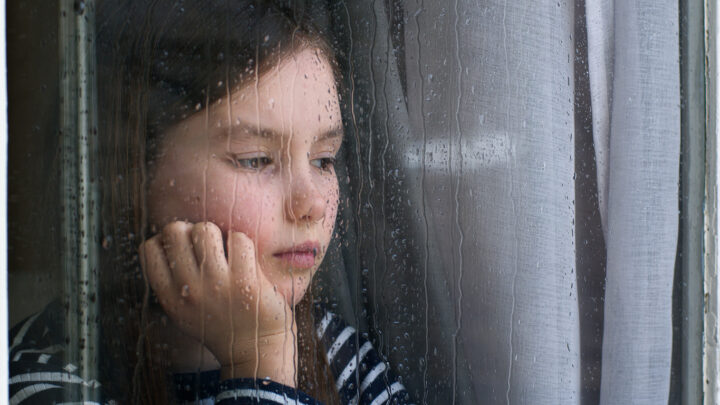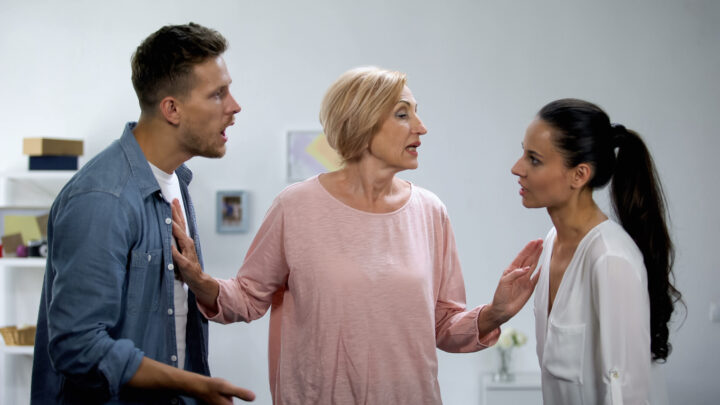Processing and healing from childhood trauma doesn’t come with a finish line.
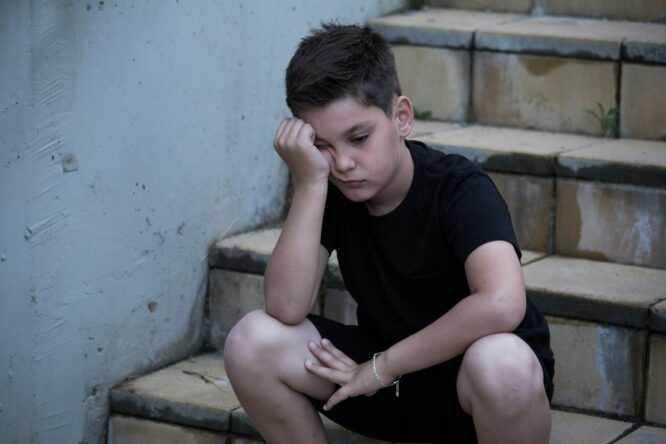
It’s a quiet, personal process that unfolds differently for everyone. And while the past might never fully disappear, it’s possible to find hope again—to feel safe, grounded, and even joyful. Depending on what you’ve gone through, working with a professional counsellor or therapist who’s trained to deal with trauma can be a game-changer. However, there are also small habits you can put into practise in your day-to-day life that make a world of difference in how you feel about yourself and the world around you.
1. Start by acknowledging what happened.

It might seem obvious, but admitting that your childhood left scars can be one of the hardest first steps. You don’t have to relive every detail—you just need to stop pretending it didn’t affect you. There’s power in naming your pain without justifying or minimising it.
This isn’t about blaming anyone or wallowing in your pain. It’s about giving yourself permission to feel what you feel. That simple act of honesty creates space for healing to actually begin. You can’t move forward if you’re still pretending you were never hurt.
2. Let go of the idea that you should be “over it” by now.

Healing doesn’t follow a schedule, and there’s no expiration date on pain. You might be decades away from the original hurt, but still carry it in how you trust, react, or cope. That doesn’t mean you’re broken; it means you’re human.
The pressure to move on only adds more shame to an already heavy load. Real progress often looks slow, messy, and personal. You don’t owe anyone a neat timeline or polished narrative. Healing takes as long as it takes, and that’s okay.
3. Talk to someone who can actually hold space.

Not everyone can handle your story, and that’s okay. However, someone out there can. Whether it’s a therapist, a support group, or even a trusted friend, talking to someone who won’t flinch or judge can be transformative. When you’re met with calm, compassion, and curiosity instead of discomfort or dismissal, it starts to move something inside you. You realise you’re not too much, and your pain is worth sitting with, not ignoring or rushing past.
4. Learn to notice your triggers without shaming yourself.
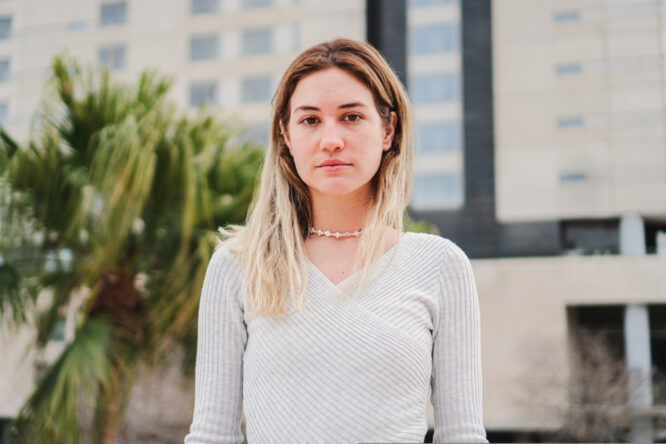
Sometimes, your reaction will feel bigger than the situation, and that’s normal when you’re carrying trauma. Instead of beating yourself up for overreacting, try to notice what’s really happening underneath. Triggers are information, not weakness. Each time you catch a reaction and gently name it, you’re retraining your brain to feel safer. You’re not being dramatic; you’re recognising that something old is being poked. And that self-awareness is a quiet kind of power.
5. Practise setting boundaries that make you feel safe.

People who’ve experienced childhood trauma often struggle with boundaries, either having none or building walls too high. Learning to set limits based on how you feel, not how other people might react, is a huge part of healing.
It starts with little things: saying no, stepping back, or asking for space. The more you honour your gut, the more you begin to rebuild trust in yourself. Boundaries aren’t selfish; they’re how you protect your energy and stay connected to what’s real.
6. Let yourself grieve what you didn’t get.
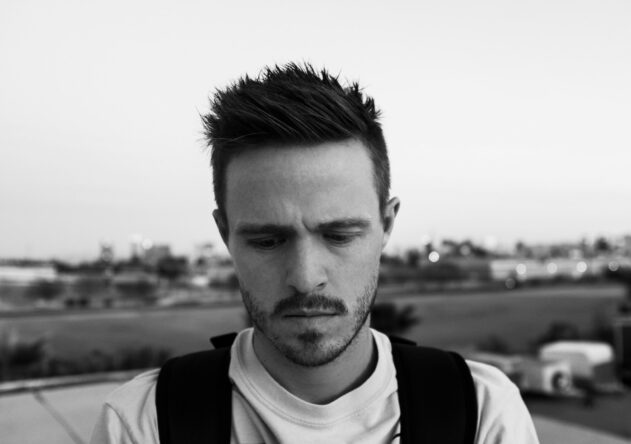
You might not have had the safety, love, or care you needed growing up. That’s a real loss, even if it doesn’t look like a traditional one. Grieving what you never had is valid, and it often goes hand in hand with healing. It’s okay to mourn the version of childhood you deserved. That grief can feel heavy, but it clears space for you to build something different now—something rooted in truth, not survival mode.
7. Pay attention to how you speak to yourself.

The voice in your head might sound a lot like someone from your past—critical, harsh, dismissive. Start noticing those patterns. Would you say the same thing to a friend? Probably not. So why say it to yourself? Softening your inner dialogue doesn’t mean lying to yourself; it just means being kinder. Healing isn’t about becoming perfect. It’s about becoming gentler with the parts of you that are still scared, angry, or unsure.
8. Build routines that make you feel grounded.

Chaos might’ve been your norm growing up, but healing often thrives in consistency. Little routines—like morning tea, evening walks, or quiet check-ins with yourself—help your nervous system settle. They remind your body and brain that life can be safe now. These routines don’t need to be rigid. Just things that feel steady, familiar, and calming. When the world inside feels shaky, small anchors outside can help keep you balanced.
9. Reconnect with your body in small, gentle ways.

Trauma often creates a disconnect between your mind and body. You might feel numb, on edge, or constantly stuck in fight-or-flight mode. Reconnecting doesn’t have to mean intense workouts or meditation retreats—it can start with breathing, stretching, or walking.
Your body has carried you through a lot. Treating it with care—rather than control or punishment—starts to rebuild trust. You’re not fixing your body here—you’re letting it feel like home again, even slowly.
10. Notice the relationships that feel heavy.
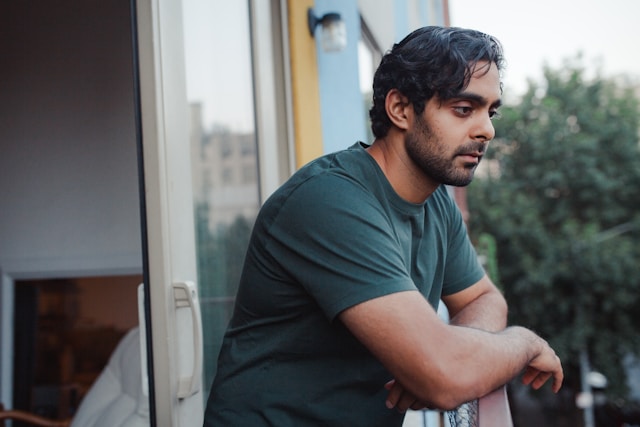
Some people in your life might still treat you the way other people did when you were younger—controlling, dismissive, or unpredictable. You’re allowed to question those dynamics. You don’t have to keep old roles alive just because they’re familiar.
Healing means paying attention to how people make you feel, and creating space for relationships that support the person you’re becoming, not just the one you’ve had to be. You’re allowed to outgrow dynamics that drain you.
11. Let creativity become part of your process.

You don’t have to be an artist to use creativity as a way to process pain. Writing, painting, music, or even journaling can help release things that are hard to say out loud. It’s a way of making sense of things when words fall short.
Creative expression doesn’t require an audience. It’s just for you. A private way to feel, explore, and let some of that old weight out of your system. Sometimes, the act of creating becomes its own kind of release.
12. Understand that progress isn’t always obvious.

Some days, healing will feel invisible. You might feel like nothing’s changing, but the truth is, every time you pause instead of react, breathe instead of freeze, or rest instead of push through, you’re healing. Even if it doesn’t feel like it.
Progress often looks like fewer spirals, quicker recoveries, or more self-awareness. These things aren’t flashy, but they matter. Healing rarely announces itself. It shows up quietly in how you live, not just how you feel.
13. Let people love you, even when it feels scary.

When you’ve been hurt early in life, love can feel risky. But letting safe, kind people in, even slowly, can change everything. You don’t have to dive in headfirst. Just start noticing who feels calm, consistent, and kind. Letting yourself be loved doesn’t mean being vulnerable all at once. It means letting people earn your trust, and letting your walls lower an inch at a time. Real connection is healing in ways that can’t be rushed—but are worth the wait.
14. Make room for joy without guilt.

If you grew up in survival mode, joy might feel unfamiliar, or even unsafe. You might brace yourself when things go well, waiting for the drop. Of course, you deserve happiness just as much as anyone else, even if you have to learn how to sit with it.
Start small. Notice the things that make you laugh, feel light, or exhale a little. Let yourself enjoy those moments without needing to earn them or explain them. Joy isn’t a reward for healing—it’s part of how we heal.
15. Believe that you’re not too far gone.

One of trauma’s loudest lies is that it’s too late for you, that you’re too damaged or too behind. But healing is always possible—even if it’s slow, even if it’s different from what you expected. You are not too broken to build something beautiful.
Your story doesn’t have to end where the pain started. Even if you can’t see it yet, hope is still possible. Healing isn’t about erasing the past—it’s about learning how to carry it without letting it weigh you down forever.

